Taal Volcano Tagaytay – We all know that the Philippines sits on the Pacific Ring of Fire. We all thought, that even though Taal Volcano was still classified as “active”, it was safe. Well, as so often happens, nature proved us wrong again.
We have volcanoes for neighbors in our communities. The beautiful Mayon Volcano in Albay, with its world-famous perfect cone. Mt. Pinatubo, which exploded in 1991, the world’s largest explosion in living memory that caused global temperature to dip half a degree (Celcius). On January 12, 2020, the crater started releasing large amounts of steam before finally erupting, filling the sky with ash and toxic smoke.
Taal Volcano Tagaytay Erupts
And later that night the light show started as static electric discharges filled to sky emanating from the smoke column rising from the volcano.
PAL (Philippine Airlines) pilot Avelino Mendoza was approaching Manila from Sydney when he spotted the giant ash plume above the clouds caused by the Taal Volcano eruption. A bird’s eye view of mud-covered houses at the foot of Taal volcano as seen from a Philippine Airforce helicopter during an aerial survey.
And then, after weeks that turned into months, things returned to normal. The eruption was forgotten by most because a new threat arrived on the scene: COVID 19. Taal Volcano Tagaytay was all but forgotten about. But let’s look at the better times when life was simple and Taal Lake was calm and clean. We visited Tagaytay and took a trip over to the island just before it erupted (good timing on our behalf! I still feel for those who were on the island at the time.)
ALSO READ: 21 Philippines Tourist Spot that Looks Like Foreign Destinations
Taal Volcano Tagaytay
Vulcan Point
The crater lake on Volcano Island is the largest lake on an island in a lake on an island in the world. Moreover, this lake contains Vulcan Point, a small rocky island that projects from the surface of the crater lake, which was the remnant of the old crater floor that is now surrounded by the 2-kilometer (1.2 mi) wide lake, now referred to as the Main Crater Lake.
Vulcan Point is often cited as the largest third-order island (an island in a lake on an island) in the world, though this is also claimed to be an unnamed Canadian island located within Victoria Island.
Taal Volcano Tagaytay – Here I am on my way to the Island. As you can see, it was a beautiful day, Taal lake was amazingly calm and the company couldn’t be better. It cost 2250 Pesos for 2 people to get to the Island then you had the option of walking to the crater, or doing it on horseback.
Thank God, Gary agreed with me on horseback riding because it was still a long hot trip on the horses, let alone having to walk it (the closer you get to the crater the hotter it get). The horses cost 500 pesos each and included a guide for each horse. Of course, if you are some crazed maniac who loves to save a few dollars and do it the hard way, you can simply follow the trail.
There are also a few rest points along the way and believe me, on our trip, every rest point we passed was full of hot, sweaty backpackers doing it hard. I can still remember their faces as they gulped down another mouthful of water while watching us casually clip-clop by on our horses. The Taal Volcano Tagaytay trek continues…
Tagaytay Taal Volcano In Sight
The picture above is a shot of steam coming out of the rocks just off the trail we were on. Can you see the steam? No, not the clouds, look near the rocks… The closer we got the higher the temperature climbed.
Just a word of warning – Halfway to the crater, the guides did start dropping hints about how little they get paid and how hot it is, trying to get an extra 100 or so pesos out of you each. As far as I was concerned, I had paid the asking price for the horse ride and they had no right asking more from us. (i.e. I didn’t give them a peso more).
When we reached the top and disembarked from our horses (it felt good the get down) there was a photographer there waiting to take your picture for a price. When he saw our cameras he decided it wasn’t worth his time even trying.
— Taal Volcano Tagaytay —
Taal Volcano Tagaytay – Don’t worry, you are able to buy drinks and snacks at the crater and there are plenty of shaded areas to sit and relax. Now you have your drinks, you have taken your pics and you think you have seen it all. Then, you look to your right and spot a red lava outcrop that overlooks the entire crater.
What an amazing shot that would make, you think. And you are correct, but to get to the Red Lava area you need to pay another 50 pesos and are told you can only stay there for 15 minutes.
We paid the money and made the trek to the Red lava Outlook. It was worth it! We were only there for a max of 10 minutes before the steamy heat started getting uncomfortable. Is it worth doing? My thoughts are, if you have come this far then why not pay the extra 50 pesos and see everything.
Tagaytay Taal Volcano
All in all, this is definitely a great day out. I highly recommend doing it (with or without the horse). And, after the last eruption, I am eager to get back there before it is gone forever.
Yes, I know it is still an active volcano and erupts again much as it did before… But, getting out of bed each day is a risk, but that doesn’t stop so many of us from doing what we need to do.
Oh, another little tip – Gary found it hard to get stable footage from the drone due to all the thermal updrafts around the crater. The drone was always shaking and unsteady when it hit hot air so he had to do a lot of post-production editing just to smooth the video out.
For those that don’t know, Gary can be seen carrying an orange bag in the pic of us at the “I Love Taal” sign. That bag is a water-proof bag where we put the cameras and anything we want the stay dry. This is a lifesaver when you do a lot of trips on boats (especially when you need to jump from boat to boat just to get out to where your boat is tied).

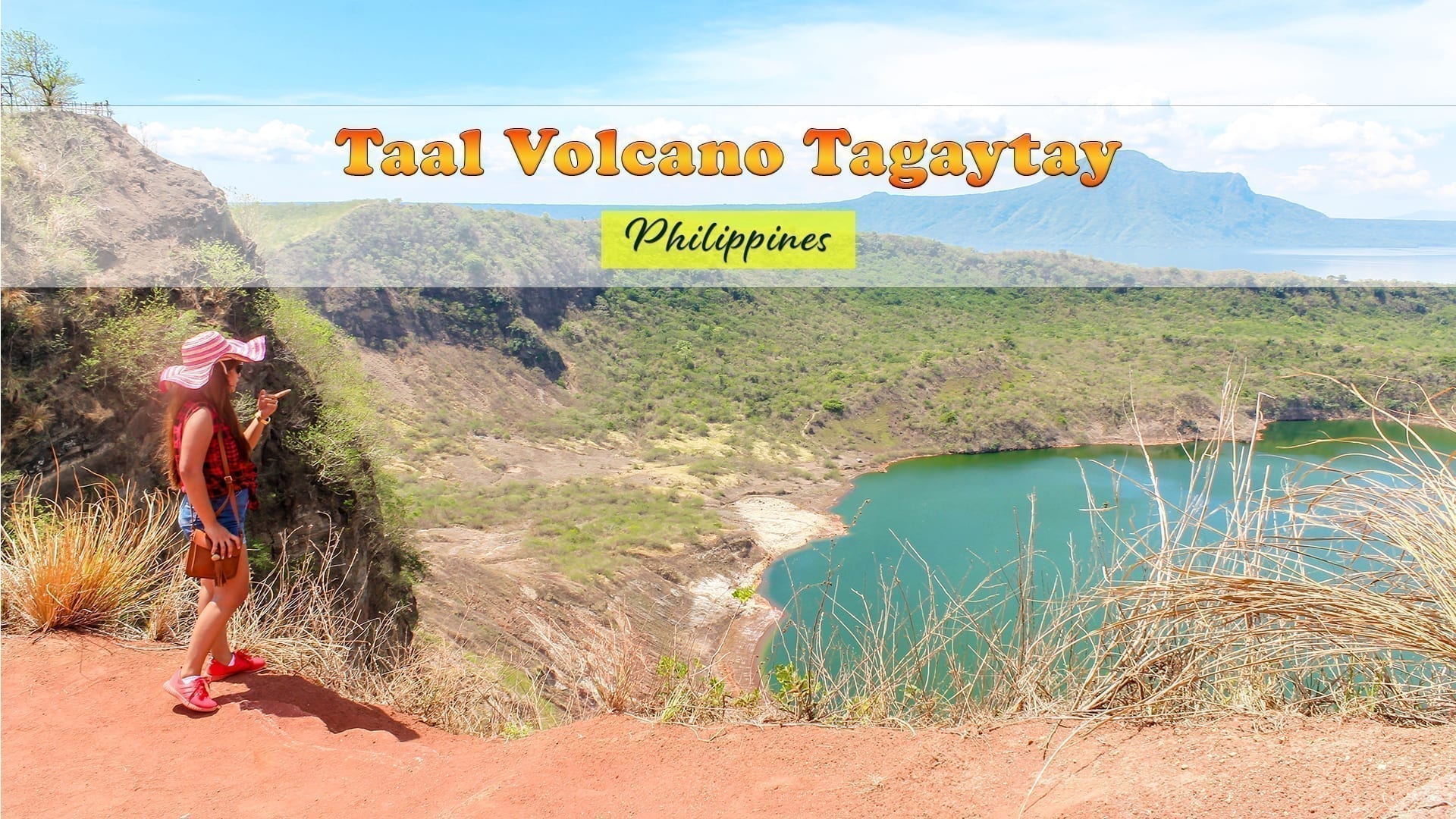
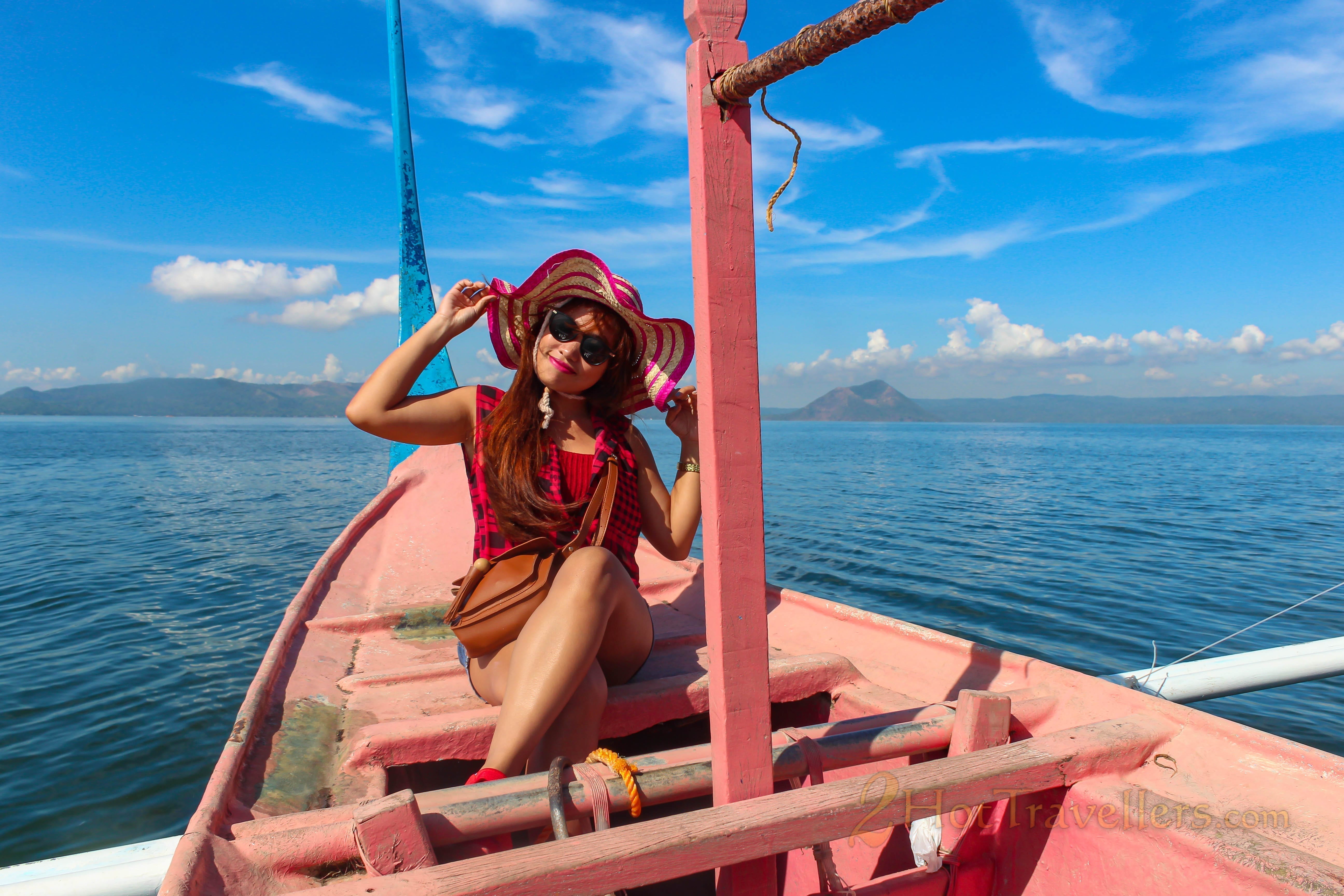
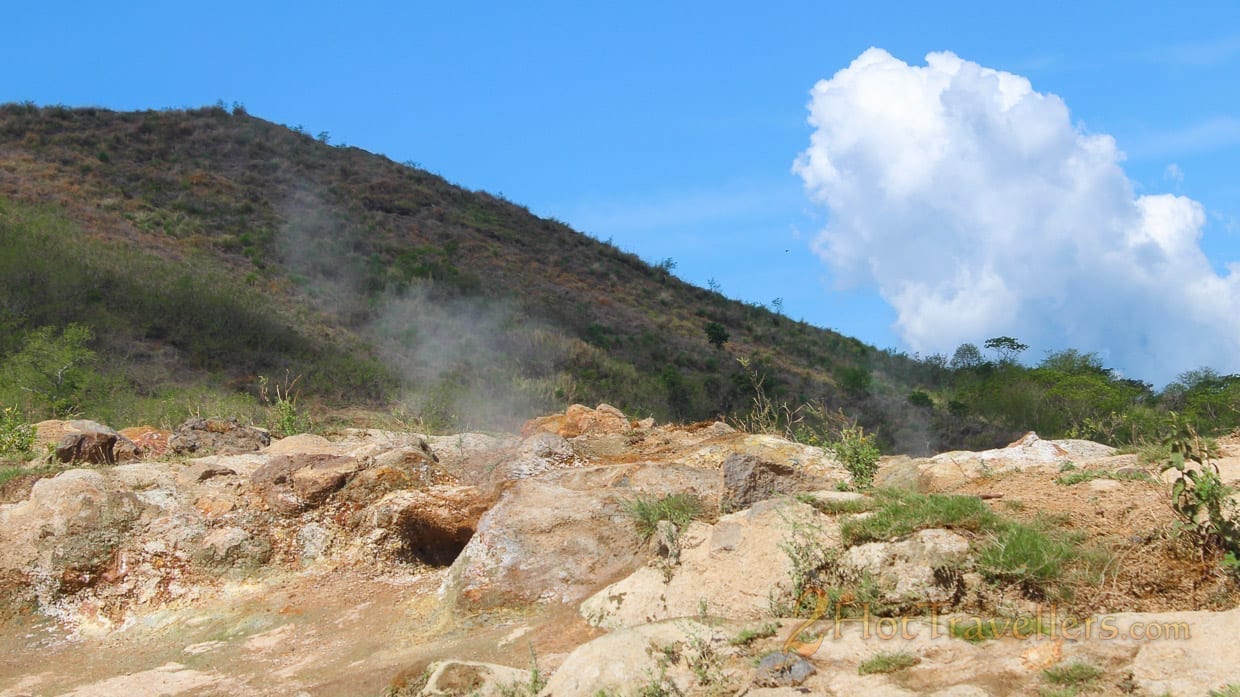
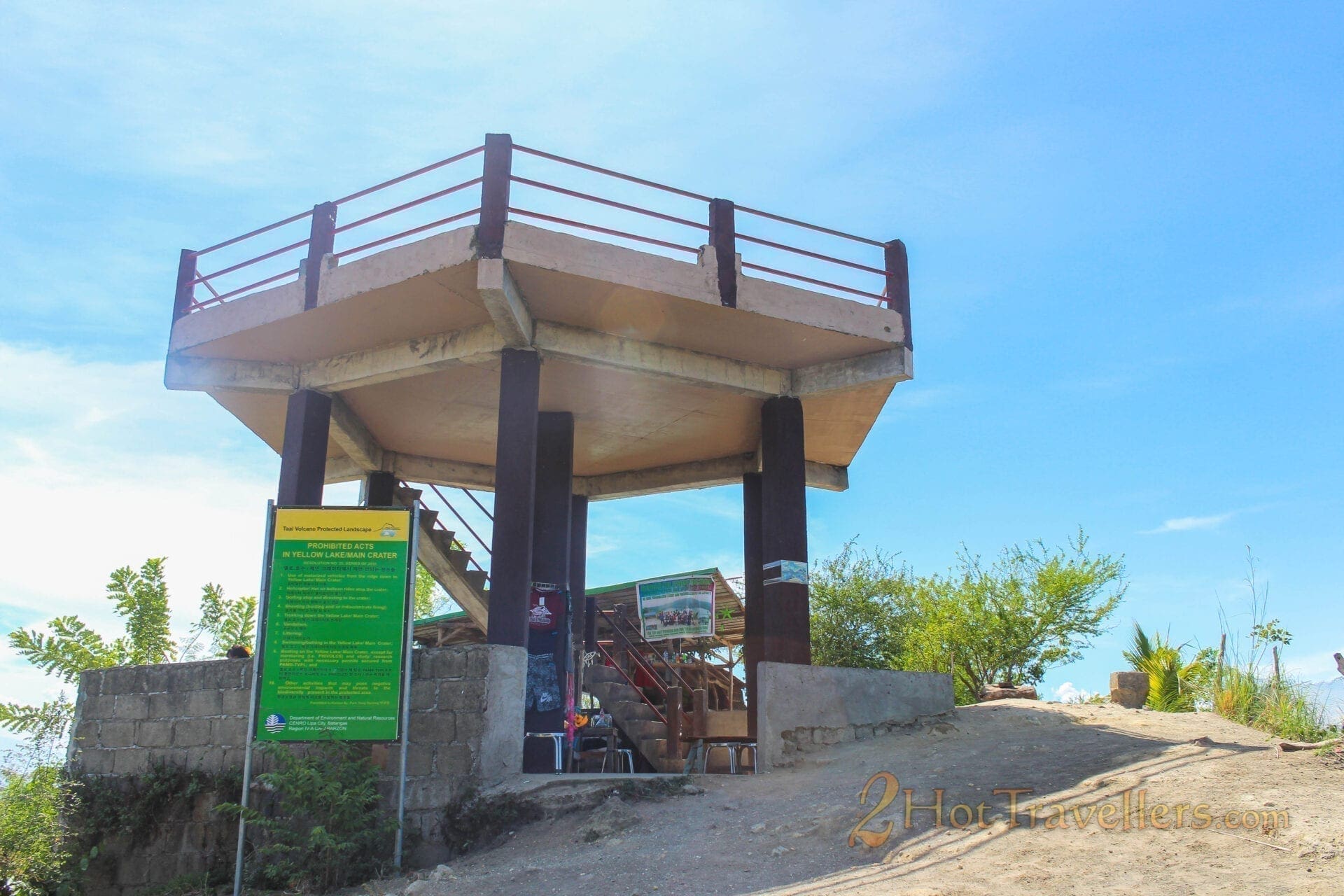
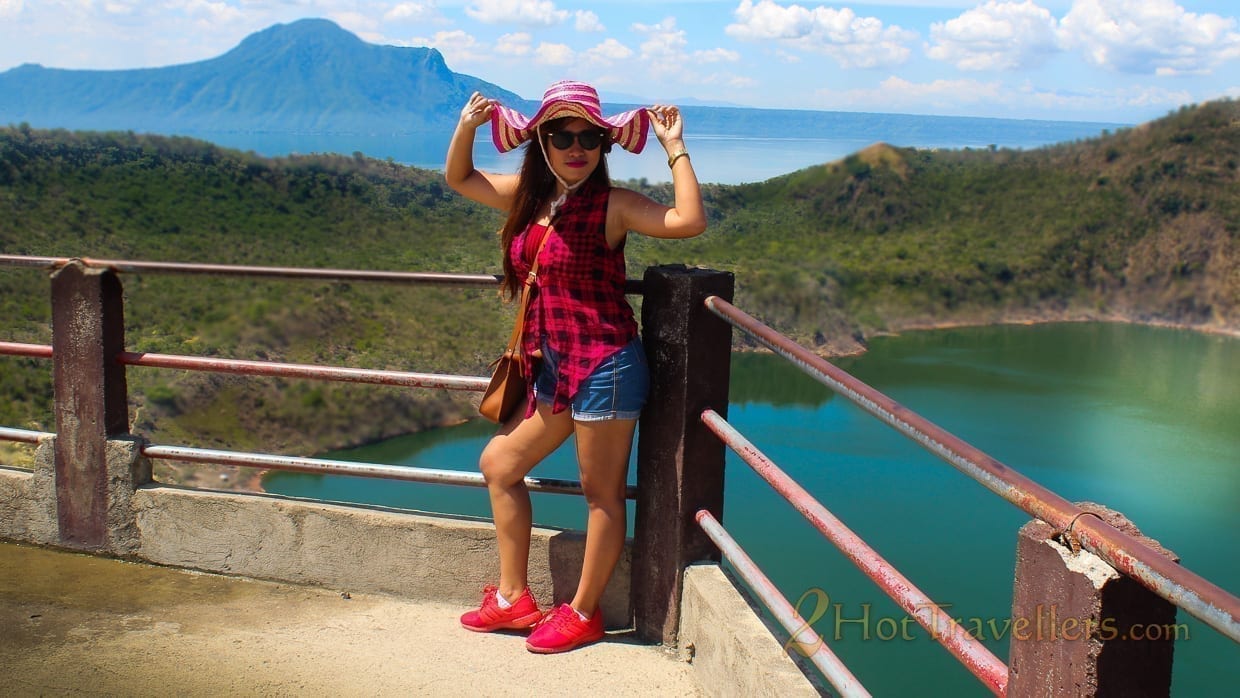




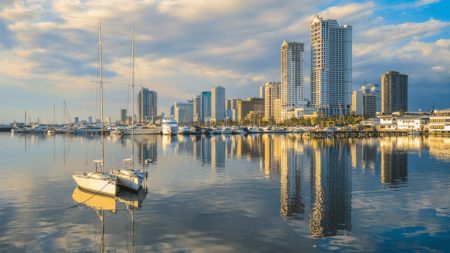





Wow, wonderful weblog structure! How long have you been blogging for?
you make blogging look easy. The entire look of your website is fantastic, as well as the content!
You can see similar here najlepszy sklep
Can you be more specific about the content of your article? After reading it, I still have some doubts. Hope you can help me.
Can you be more specific about the content of your article? After reading it, I still have some doubts. Hope you can help me.
Your article helped me a lot, is there any more related content? Thanks! https://accounts.binance.com/pt-BR/register-person?ref=JHQQKNKN